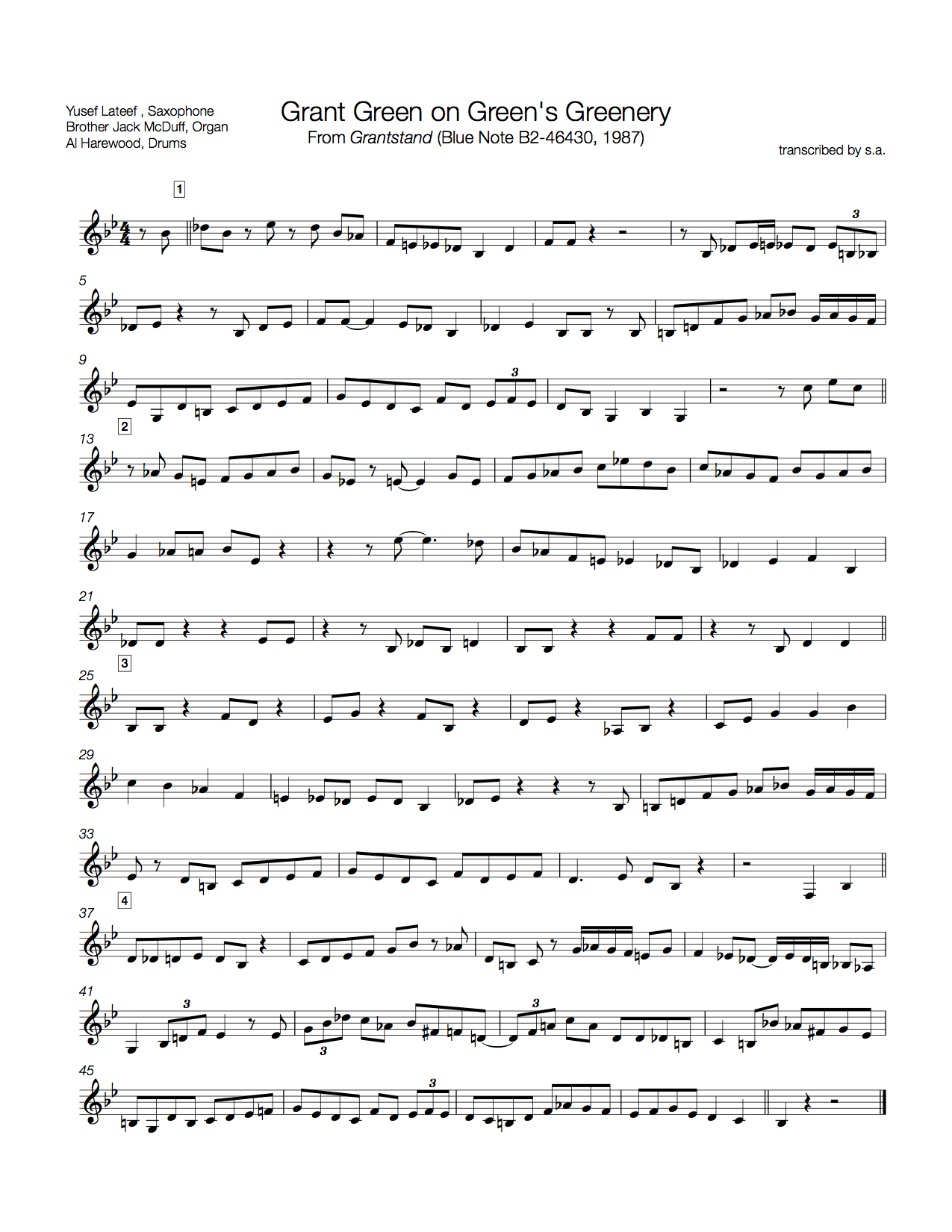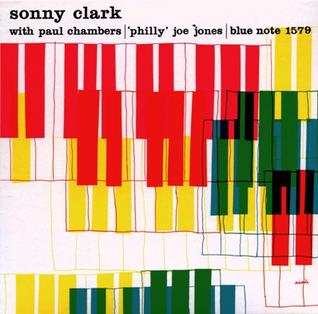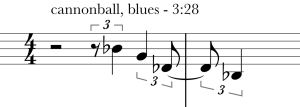
The first time I saw this solo analyzed, it was like a veil had been lifted and I could suddenly see more clearly.
This tune has a (deserved) reputation for being devilishly difficult, in part because of the rapid harmonic motion through seemingly unrelated chord changes. Harmonic analysis reveals that there are really just three basic key centers happening here, and the standard ii-V and V-I and progressions are used throughout.
But what is perhaps more interesting from a language perspective, is how simple the melodic/rhythmic material is. The vast majority of the excerpt here is made up of chord arpeggios or diatonic scalar patterns.
In language learning, an important concepts is “comprehension,” or the ability to understand the message that is being communicated. In musical terms, we want to be able to understand how the melody and harmony are related so that we can truly learn and apply this vocabulary in other contexts.
This excerpt, despite its supposed complexity, might be easier to comprehend than many other solos. Lets look at a few examples.
Bar 2 (first bar of the form):
- the first chord Bmaj, and the melody notes are F#, D#, B—a simple 5-3-1 arpeggio of a Bmaj triad
- the second chord is D7, and the melody notes D, E, F#, A are simply the scalar pattern 1, 2, 3, 5 of the D7 chord.
Bar 3
- Over a Gmaj chord, melody notes are G, D, B—a simple 1-5-3 descending arpeggio of a Gmaj triad
Bar 9
- Even longer runs like bar 9 are comprehensible. A descending Bb Dominant Bebop scale over Bb7 chord (and it’s related Fmin7).
Just like learning a spoken language, try this simple approach for developing fluency with this material:
- Pick a word or phrase you like
- Try to comprehend it
- Begin using it in other contexts.
Check out this excerpt that begins at about 0:26 into the tune.








